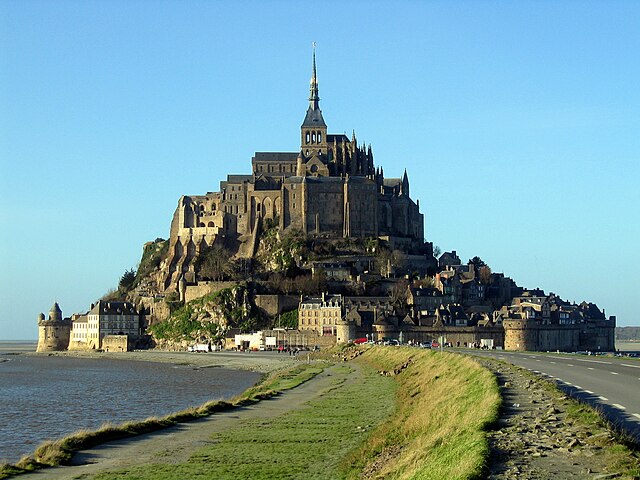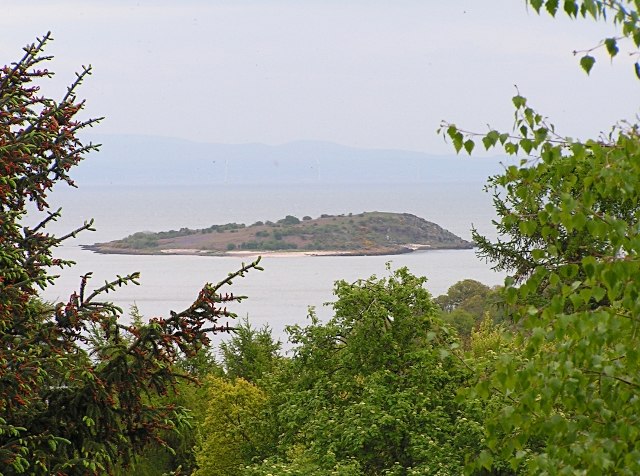Burgh Island is a tidal island on the coast of South Devon in England near the small seaside village of Bigbury-on-Sea. There are several buildings on the island, the largest being the Art Deco Burgh Island Hotel. The other buildings are three private houses, and a pub, the Pilchard Inn, which dates to the 14th century. The island is strongly associated with writer Agatha Christie, who often visited and used the island and its hotel as a setting and inspiration for two famous novels: And Then There Were None (1939) and Evil Under the Sun (1941).
View from Bigbury-on-Sea
The remains of the former chapel
Burgh Island at sunset, viewed from Thurlestone
The sea tractor is used to ferry visitors to the island during high tide
A tidal island is a raised area of land within a waterbody, which is connected to the larger mainland by a natural isthmus or man-made causeway that is exposed at low tide and submerged at high tide, causing the land to switch between being a promontory/peninsula and an island depending on tidal conditions.
St Michael's Mount, Cornwall, at high tide, c. 1900
Cramond Island, Scotland, at high tide: the causeway is submerged, but the anti-boat pylons are still visible
Mont Saint-Michel in Normandy
Rough Island opposite Rockcliffe, Dumfries & Galloway, Scotland








